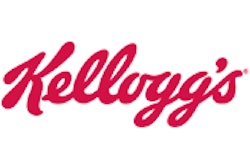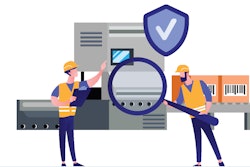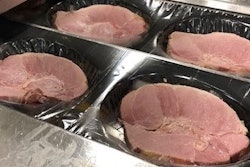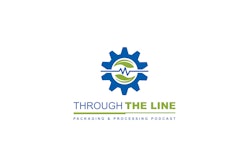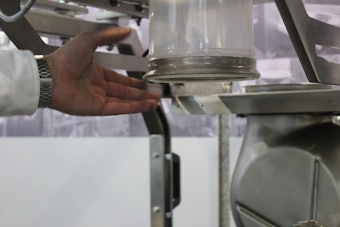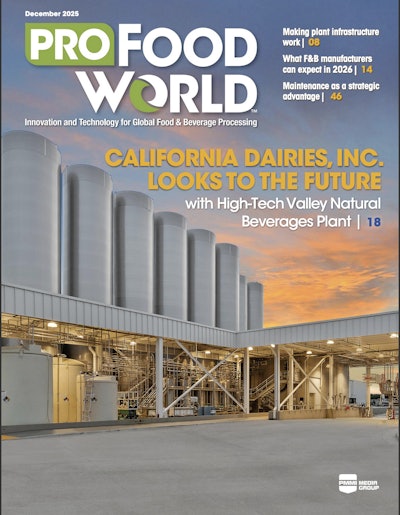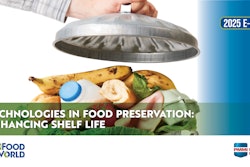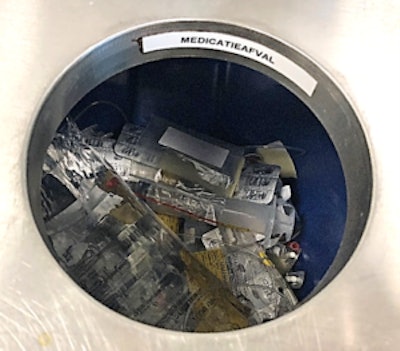
This content was written and submitted by the supplier. It has only been modified to comply with this publication’s space and style.
The Healthcare Plastics Recycling Council (HPRC) has released a case study that explains how the University Medical Center Utrecht (UMC Utrecht), a hospital located in the Netherlands, has overcome the recycling medical waste challenges that many members of the healthcare sector face due to a wide range of barriers, such as economic and legislative obstacles.
For instance, UMC Utrecht’s waste stream consists of waste generated by three interconnected hospitals. Waste containers from these hospitals converge in a central hall where they are sorted and allocated to their respective waste streams. Once waste from different hospital departments is separated, it is moved to larger containers in a designated room in the hallway, and then regularly transported to the main waste collection area to ensure sufficient space for waste sorting.
UMC Utrecht also uses decontamination equipment, known as Sterilwave, which enables the hospital to disinfect and process specific hazardous waste items like needles, bandages, and laboratory waste. Currently, UMC Utrecht can process around 30% of its contaminated waste into a circular residual product, and the waste management department is actively working toward recycling up to 70 tons of contaminated waste per year. In the future, UMC Utrecht expects to upcycle the waste stream to a higher level.
To read the entire case study and/or watch an accompanying video, click here.



